Pick up the Leica SL3 for the first time and your curiosity is quickly piqued by the mirrorless camera’s unmarked body. A little intimidating initially, the minimalist design actually works as a new way to interact with a camera.
Okay, Leica cameras have always looked sleek and modern, but what’s the wisdom in making a camera with no markings? Would it not be so hard to master, since you’re given no clues to what the buttons and dials do?
Even with Leica’s famed image quality, which I was confident of, I was a little uncertain when starting to use the new camera interface. Would I have to trade off usability for great shots?
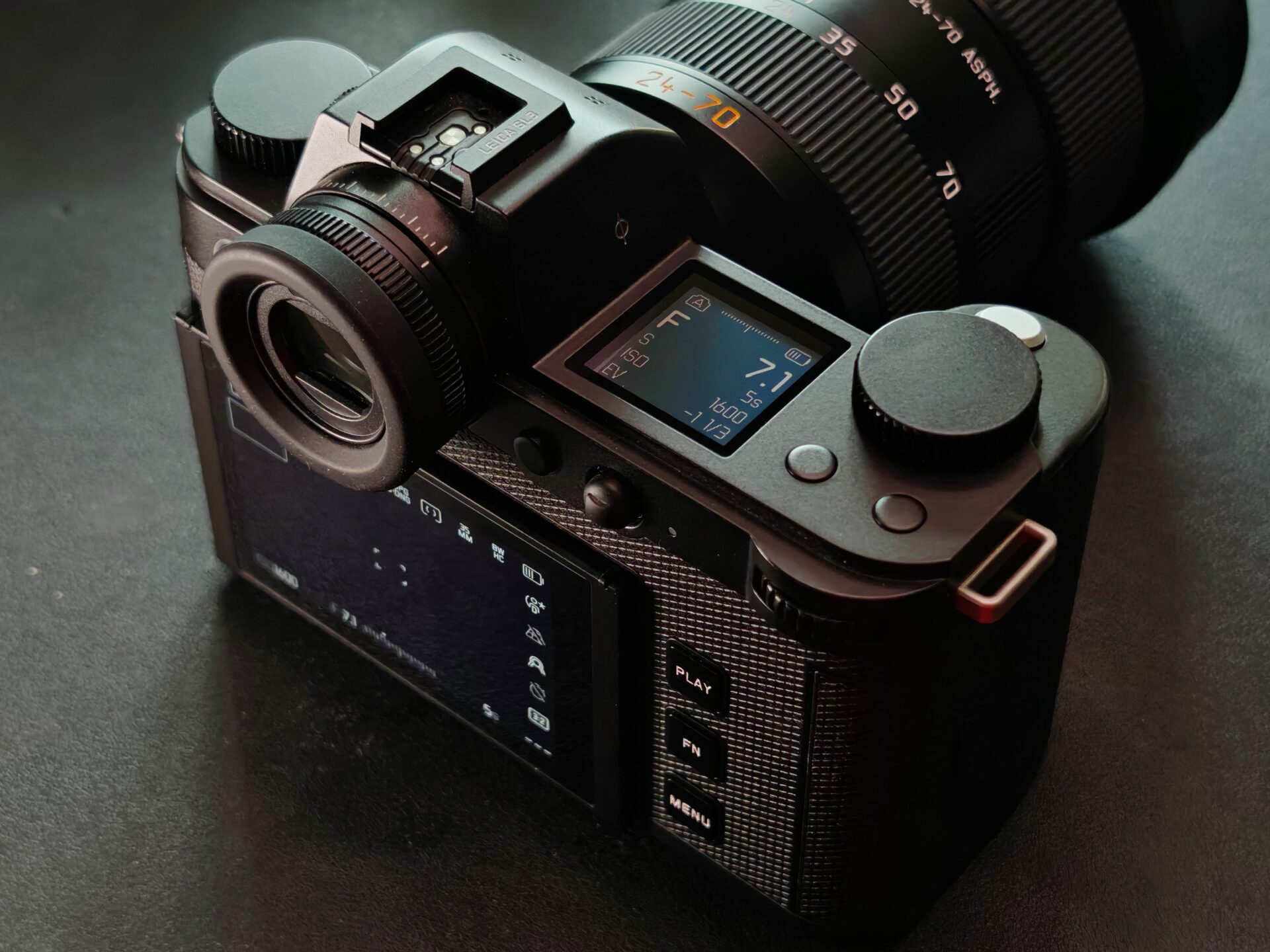
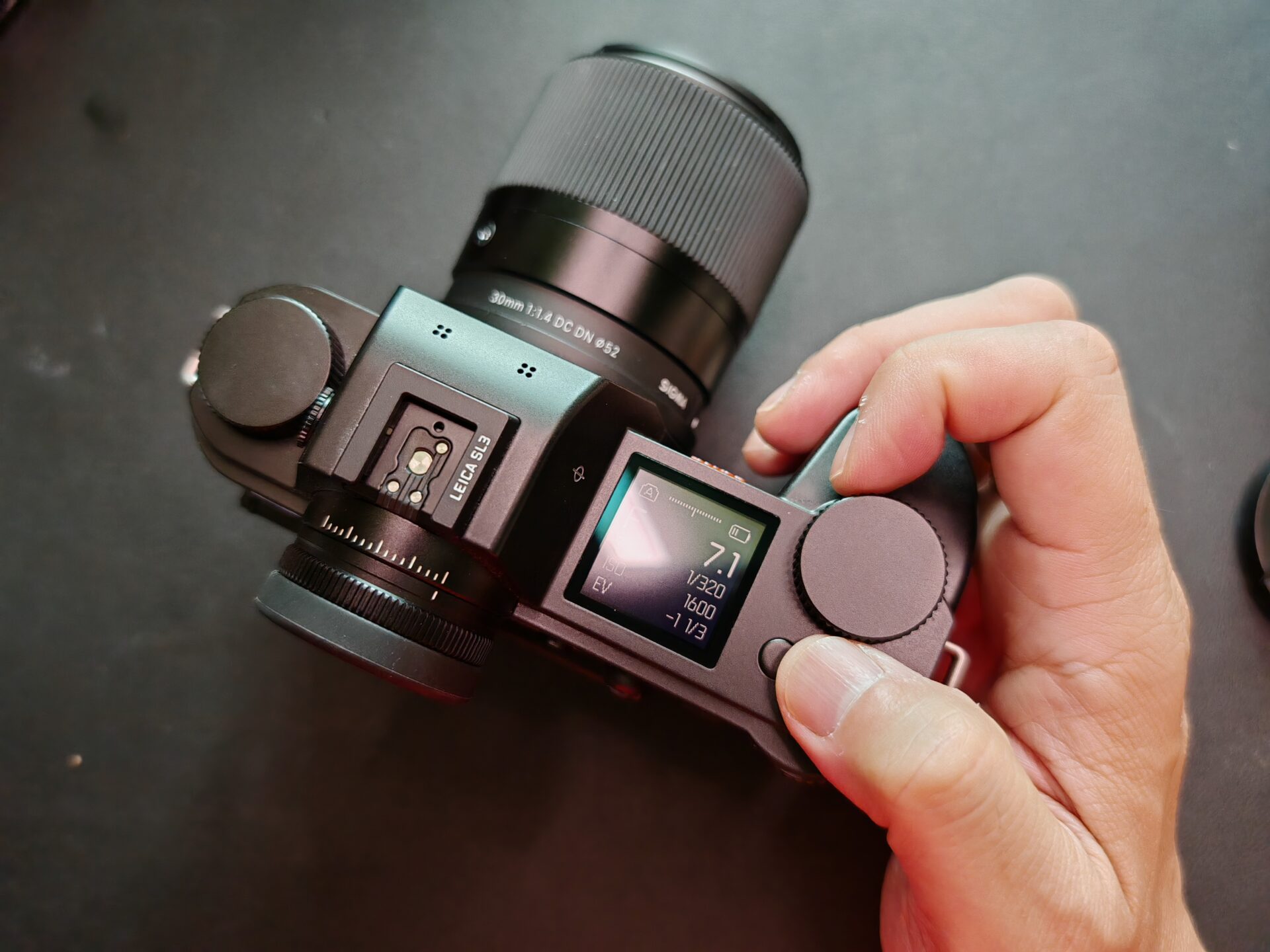
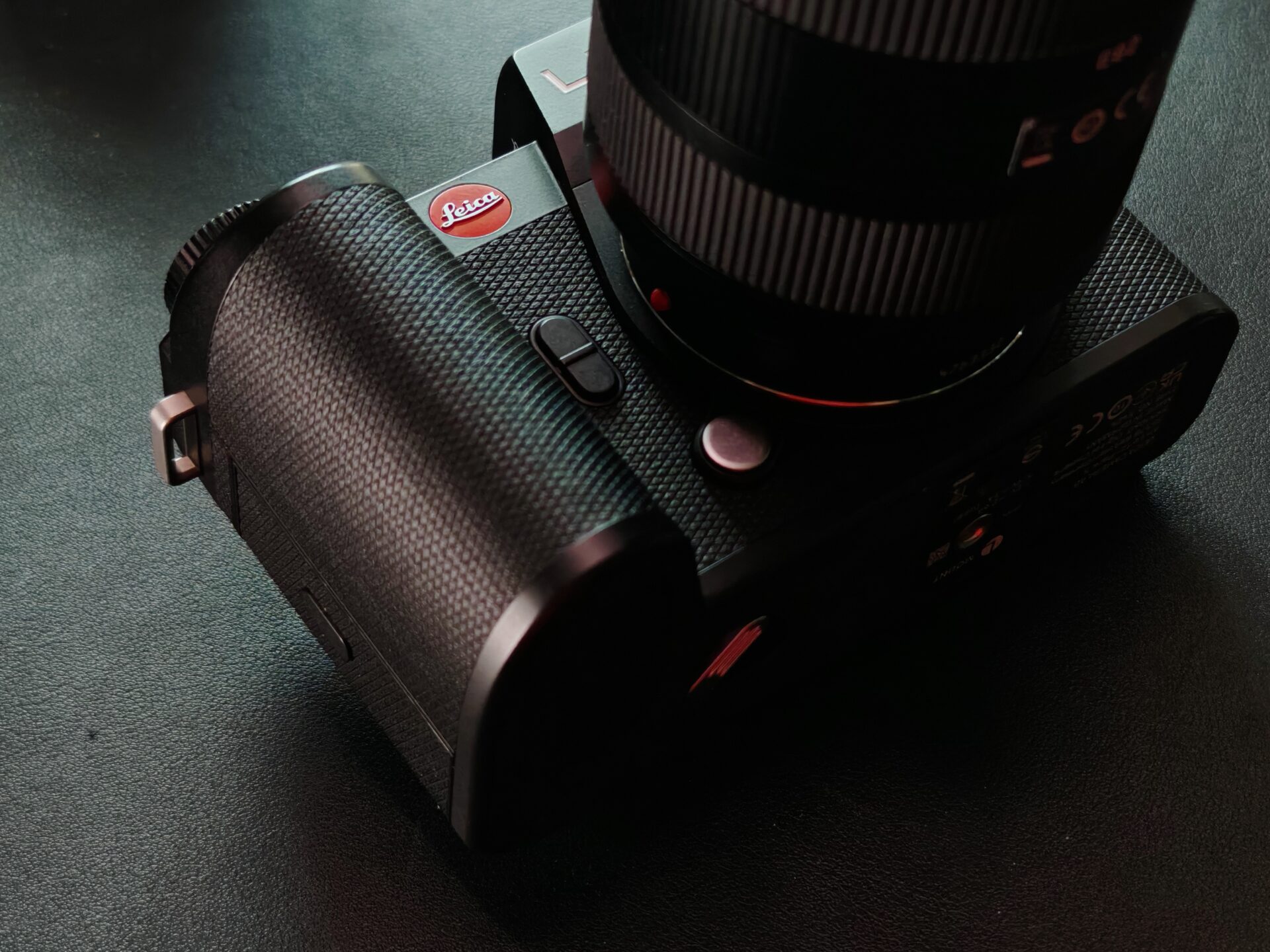
Fortunately, after nearly two weeks of shooting with the Leica SL3, I’ve found my initial misgivings dispelled. Certainly, it takes time to get used to controlling the camera, but after a while, the interface makes sense.
To quickly change the camera mode from Manual to Aperture, for example, you depress the rear job wheel and choose the desired mode.
Changing the ISO setting is also quick – just twist the left knob to your desired ISO setting. Or go to the lowest setting, flick the joystick to the left and right to switch on Auto ISO mode.
Most of the Leica SL3’s buttons are also user customisable. I can link one of the buttons to change exposure metering mode, another to photo/video mode, or to engage multiple exposure drives for fast-moving objects.
The ability to program buttons makes it easier for the camera to work according to your style. This way, it is both efficient and effective.
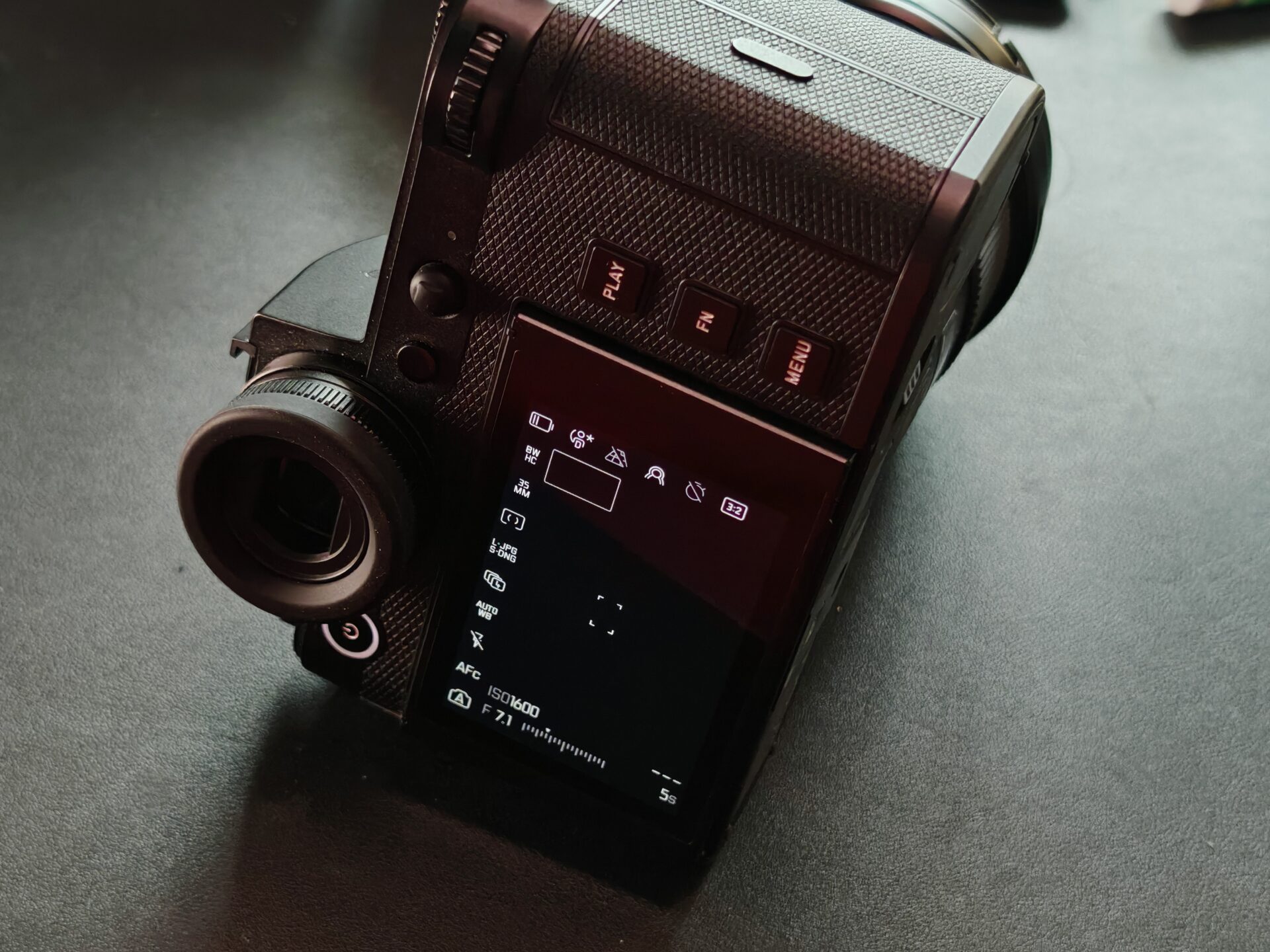
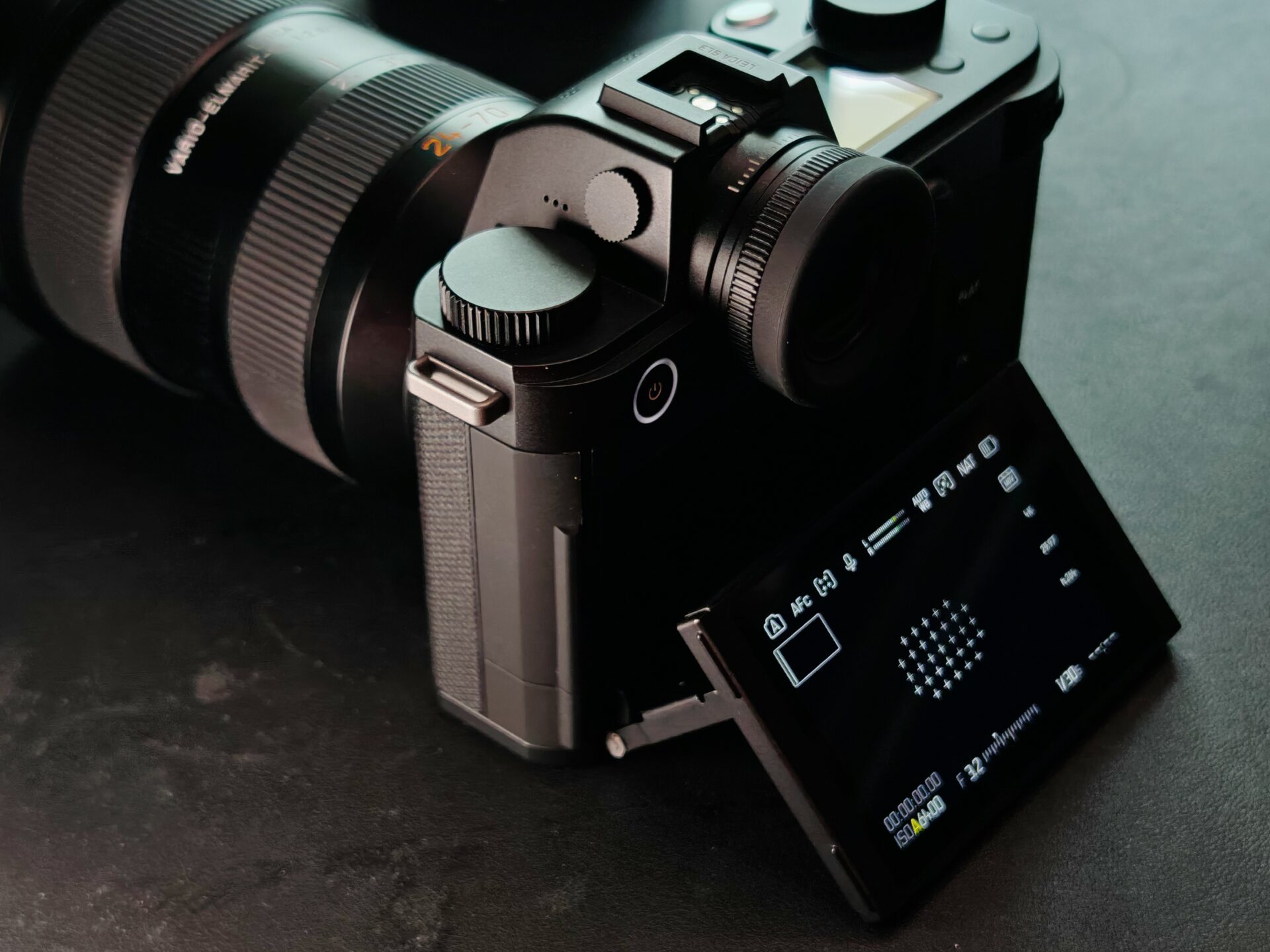
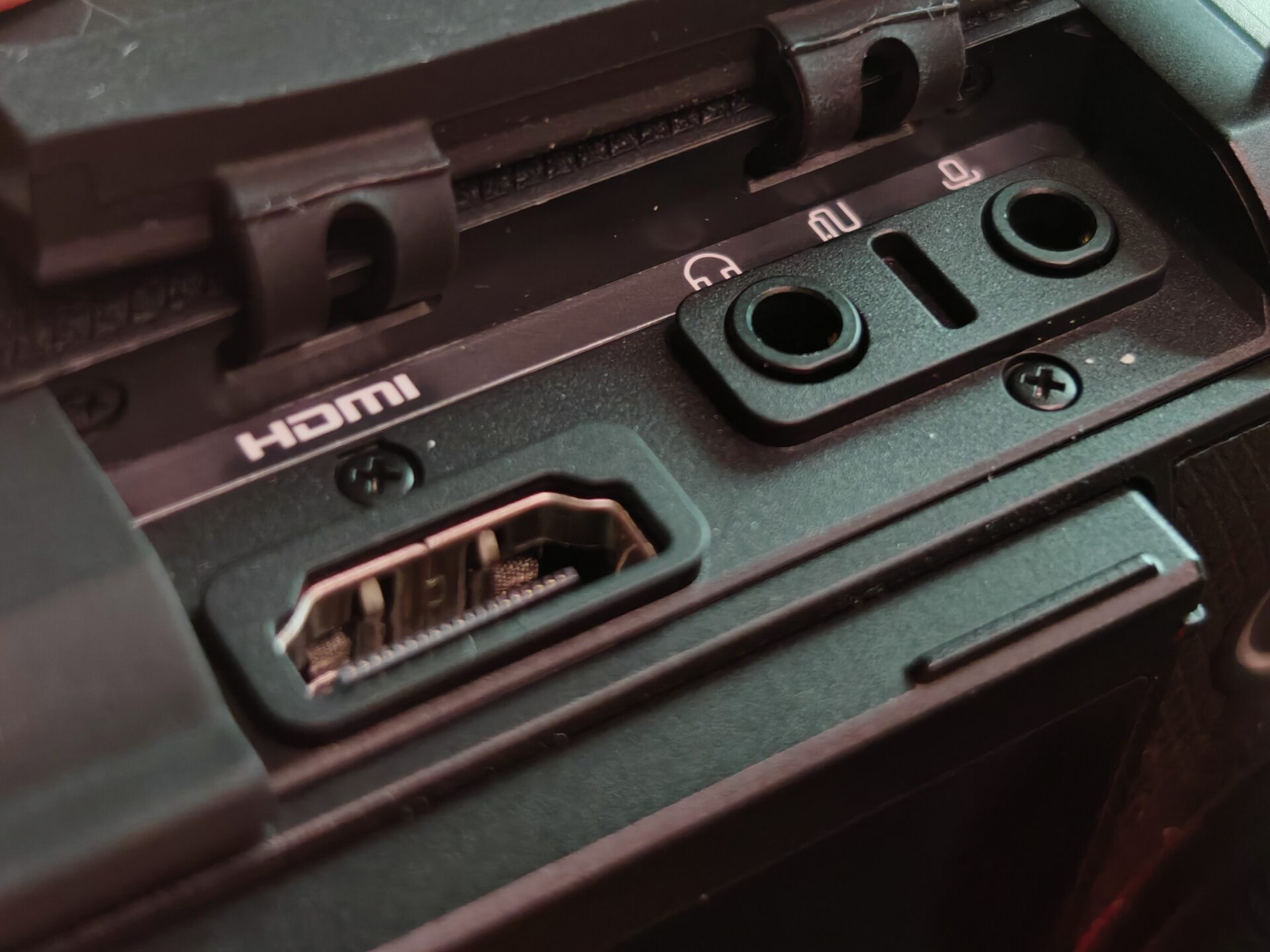
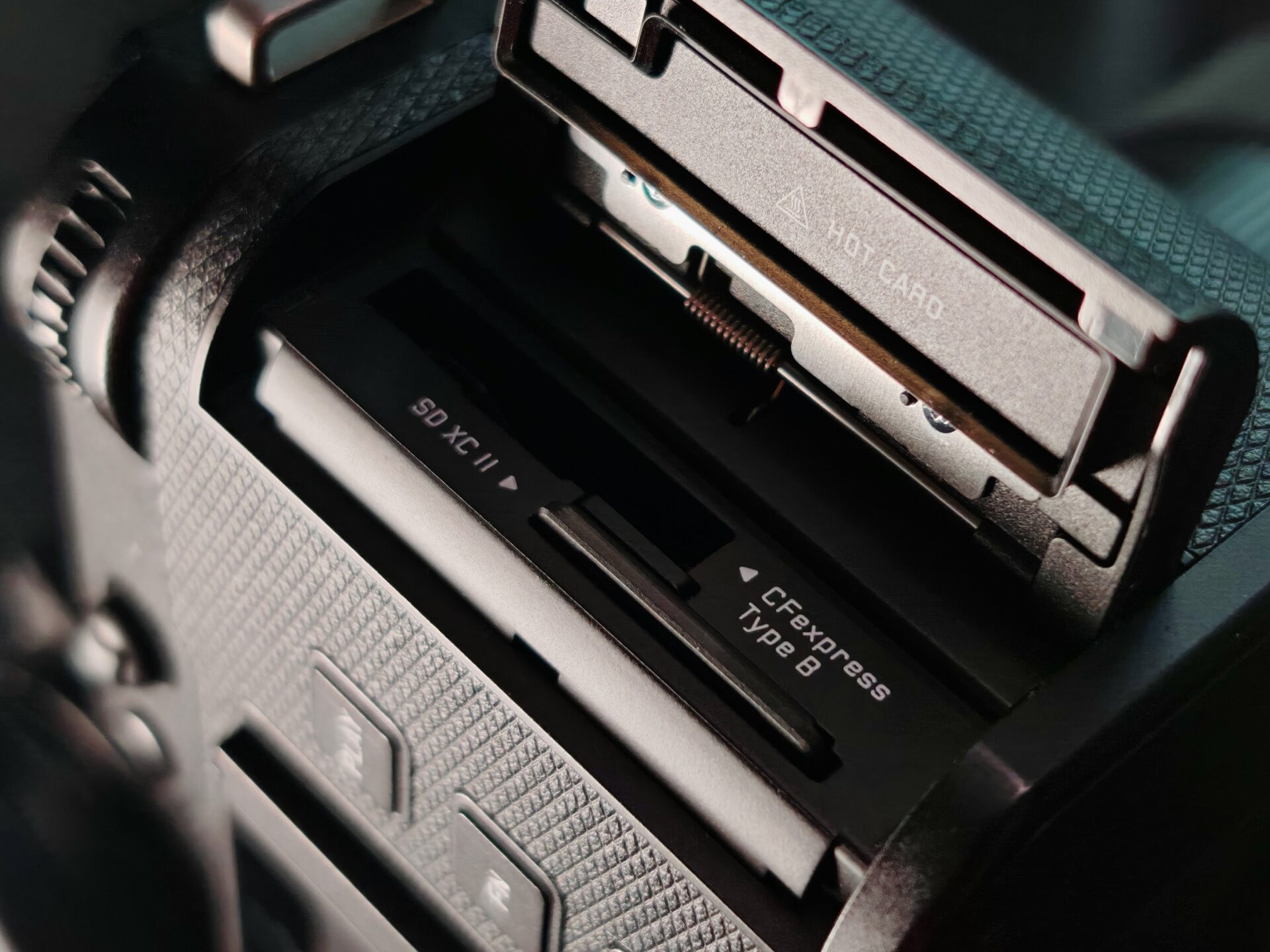
One task where the Leica SL3 faces limitations is shooting moving objects. Unfortunately, the camera’s autofocus will not be engaged if you shoot more than 6 frames per second (fps).
This means the camera will engage autofocus only for the first frame and there is no focus correction for subsequent frames. The chance of an out-of-focus shot is higher if the subjects move closer or away from the camera.
That said, the Leica SL3 autofocus appears more reliable than the Leica Q3 I reviewed recently. When multiple subjects are detected on the newer camera, I don’t have to intervene as frequently to choose one as the main subject.
On the whole, while the new camera’s autofocus performance is not as fast as new Sony, Nikon, or Canon cameras, it does well enough not to frustrate.
To use the autofocusing in continuous mode, make sure you keep the camera at 5 fps, or even downgrade to 4 fps if you want to record higher-quality 14-bit images.
For my tests during a recent trip to Korea, the Leica SL3 was paired the excellent 24-70mm f2.8 Vario-Elmarit-SL lens, which gave me the maximum flexibility to shoot different subjects.
As an L-mount camera, the SL3 also supports lenses from Sigma, Panasonic, and Laowa. The different lenses gave me even more flexibility in the type of subjects I could shoot.
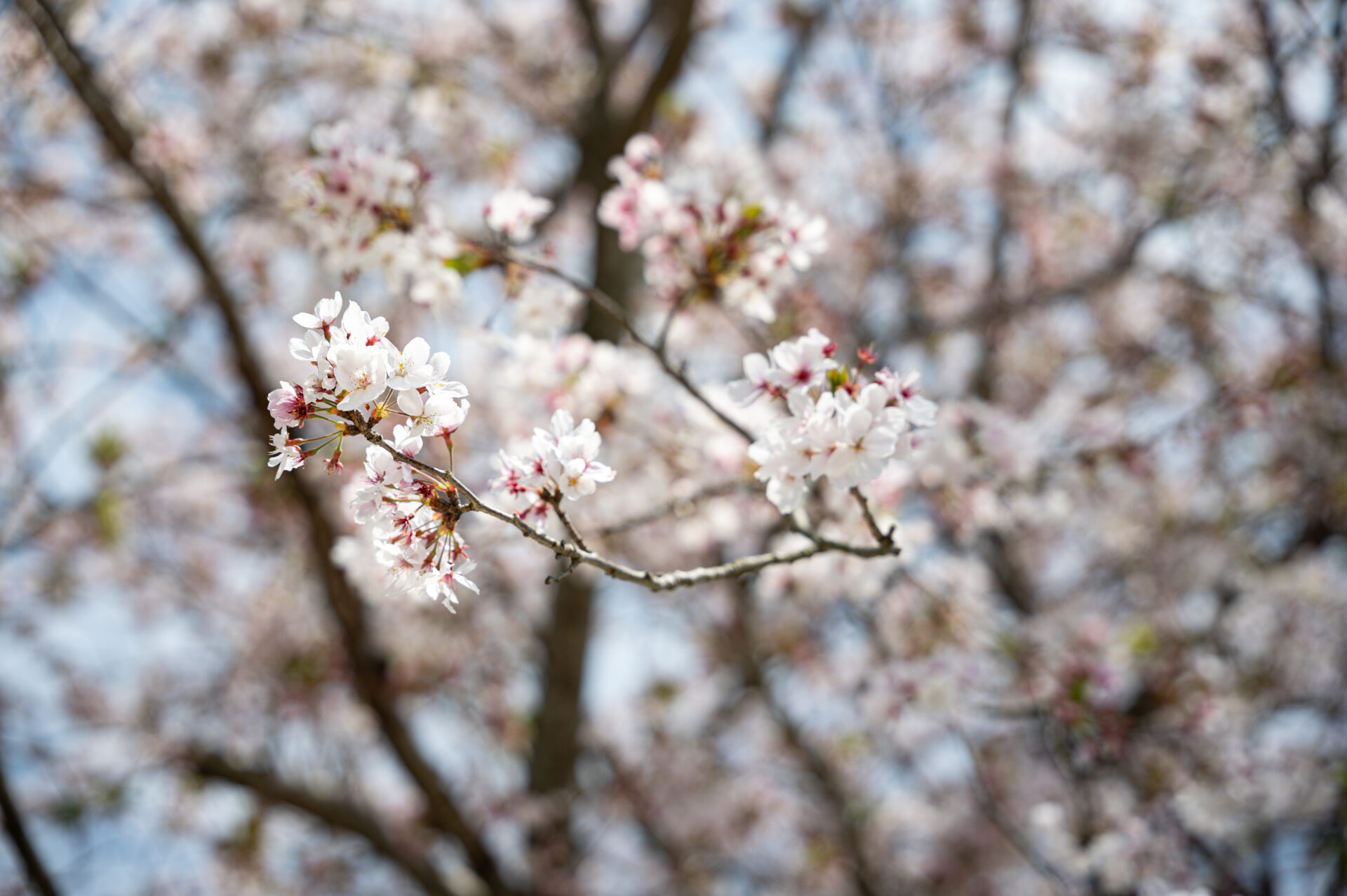
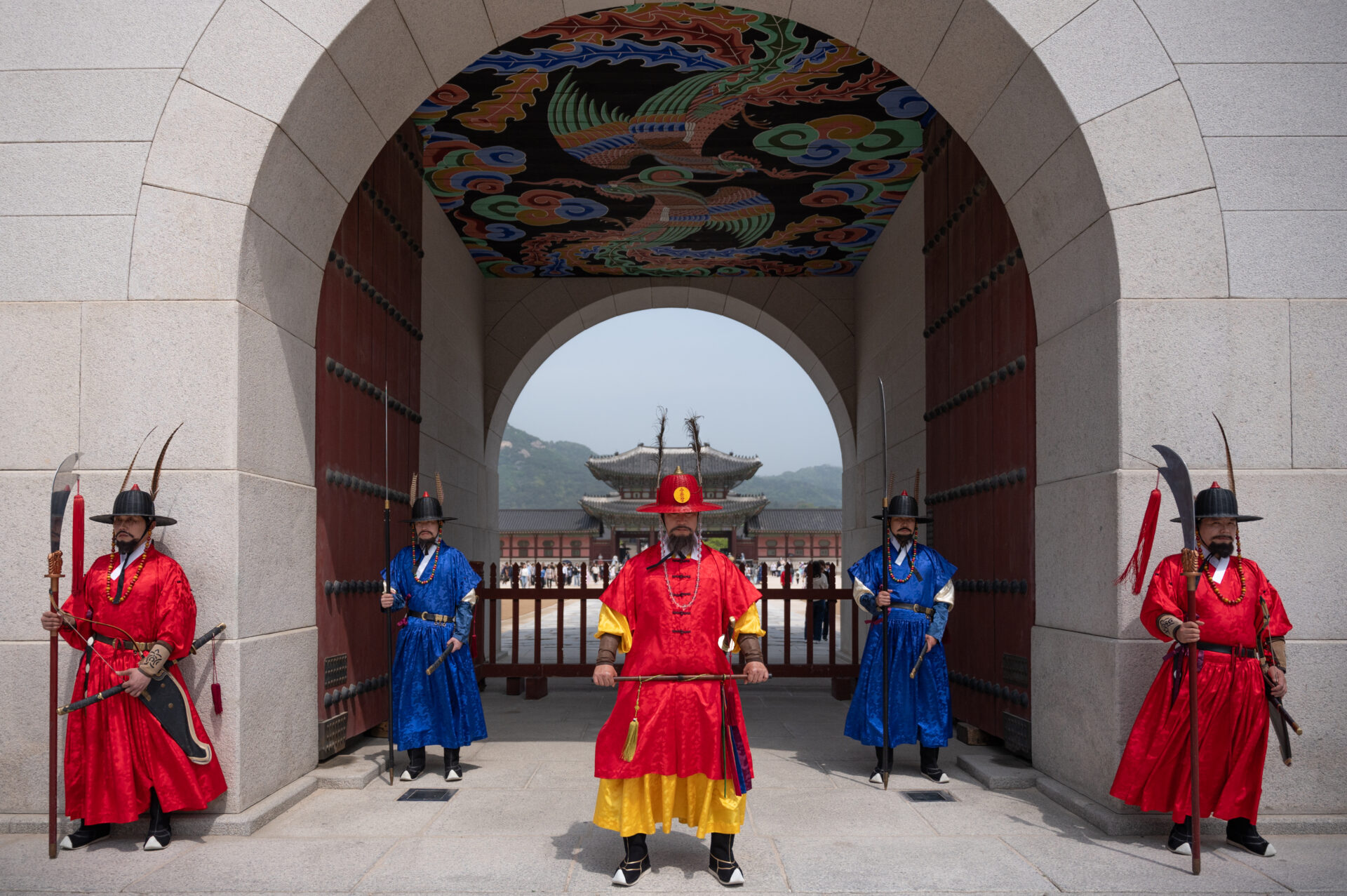

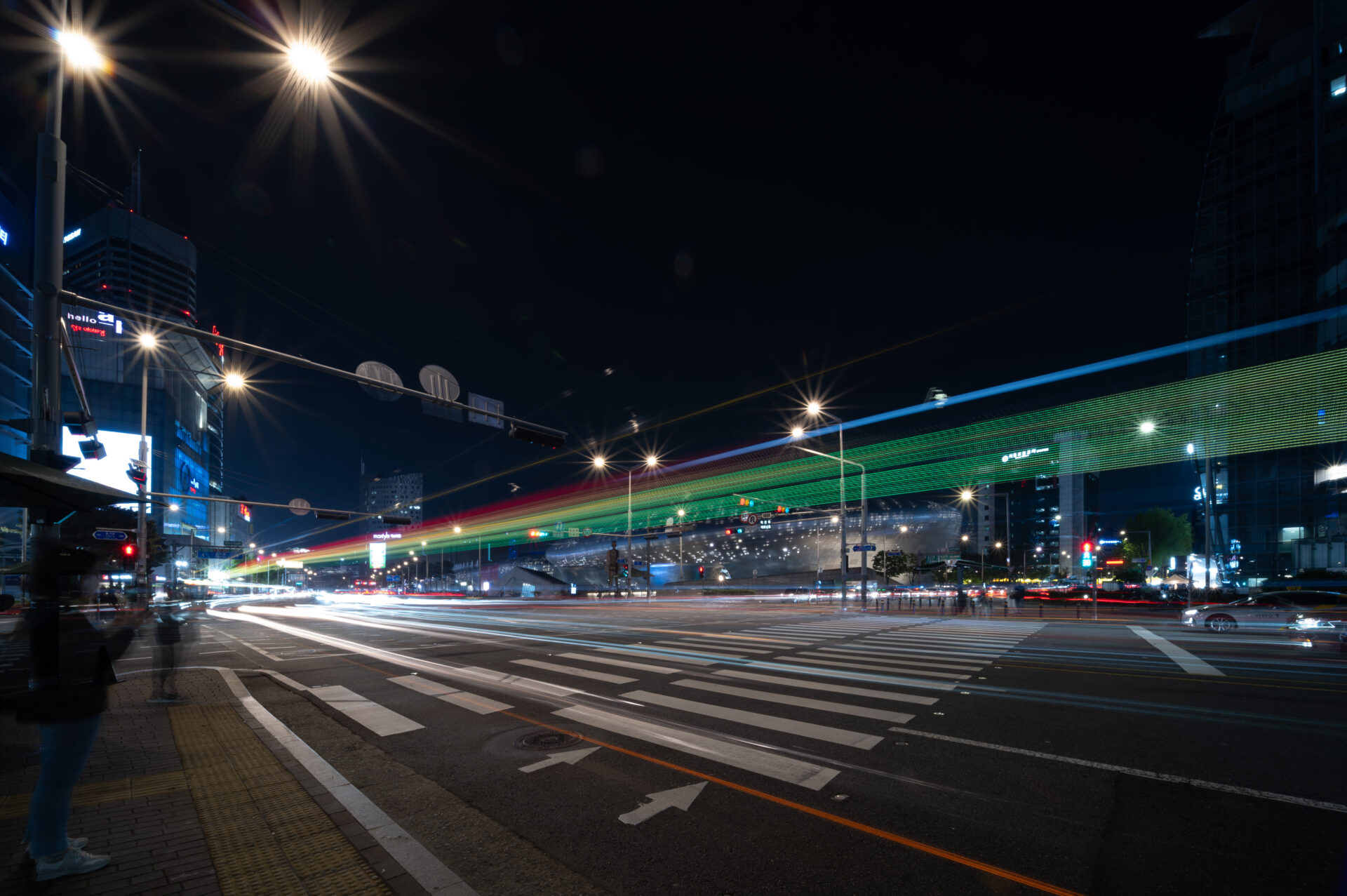
On my trip, I used the SL3 with Sigma’s 30mm f1.4 contemporary lens for street photography and Laowa’s 12mm Zero Distortion lens for landscape and architecture.
These work well with the camera’s 60.3-megapixel CMOS sensor to create vibrant and sharp photos. Good thing too that the SL3 supports both CFexpress card type B and UHS-II SD Cards to quickly transfer huge files from camera to storage.
If you are into videography, the SL3 can record at a maximum resolution of 8K, at 4:2:0 colour sampling at 10-bit and 29.97 fps with Leica lenses.
Attach other makes, however, and you’re down to 4K here. When my Sigma 30mm f1.4 lens was mounted to the body, the camera settings automatically changed to 4K resolution.
So, take note if you’re using the Leica SL3 for videos and wish to use third-party lenses. To be fair, 4K resolution is plenty for most videos today, but this is still a limitation.
On the positive side, the camera can record video footage in h.264, h.265 and ProRes video codex for maximum compatibility for video editing.
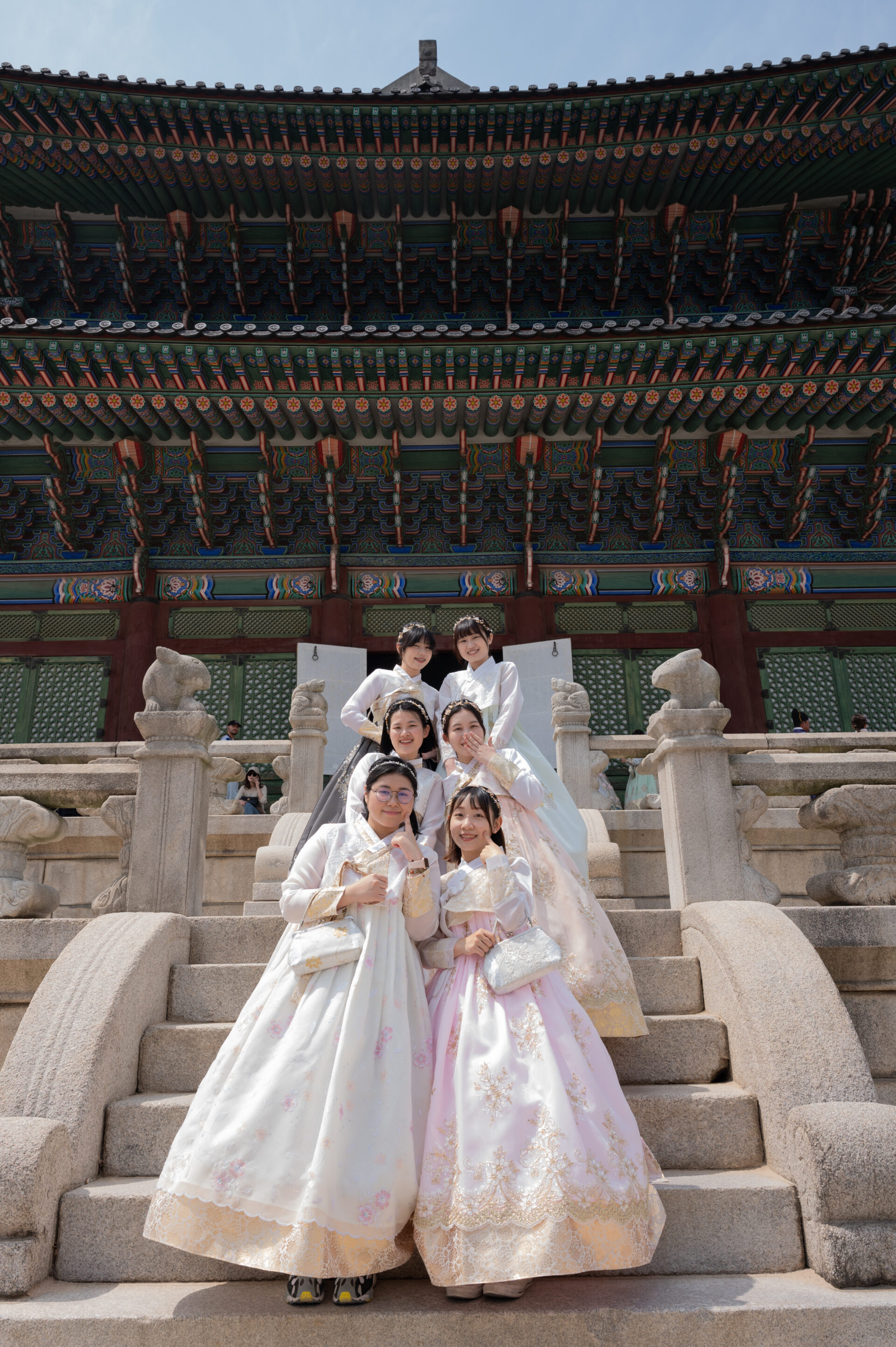

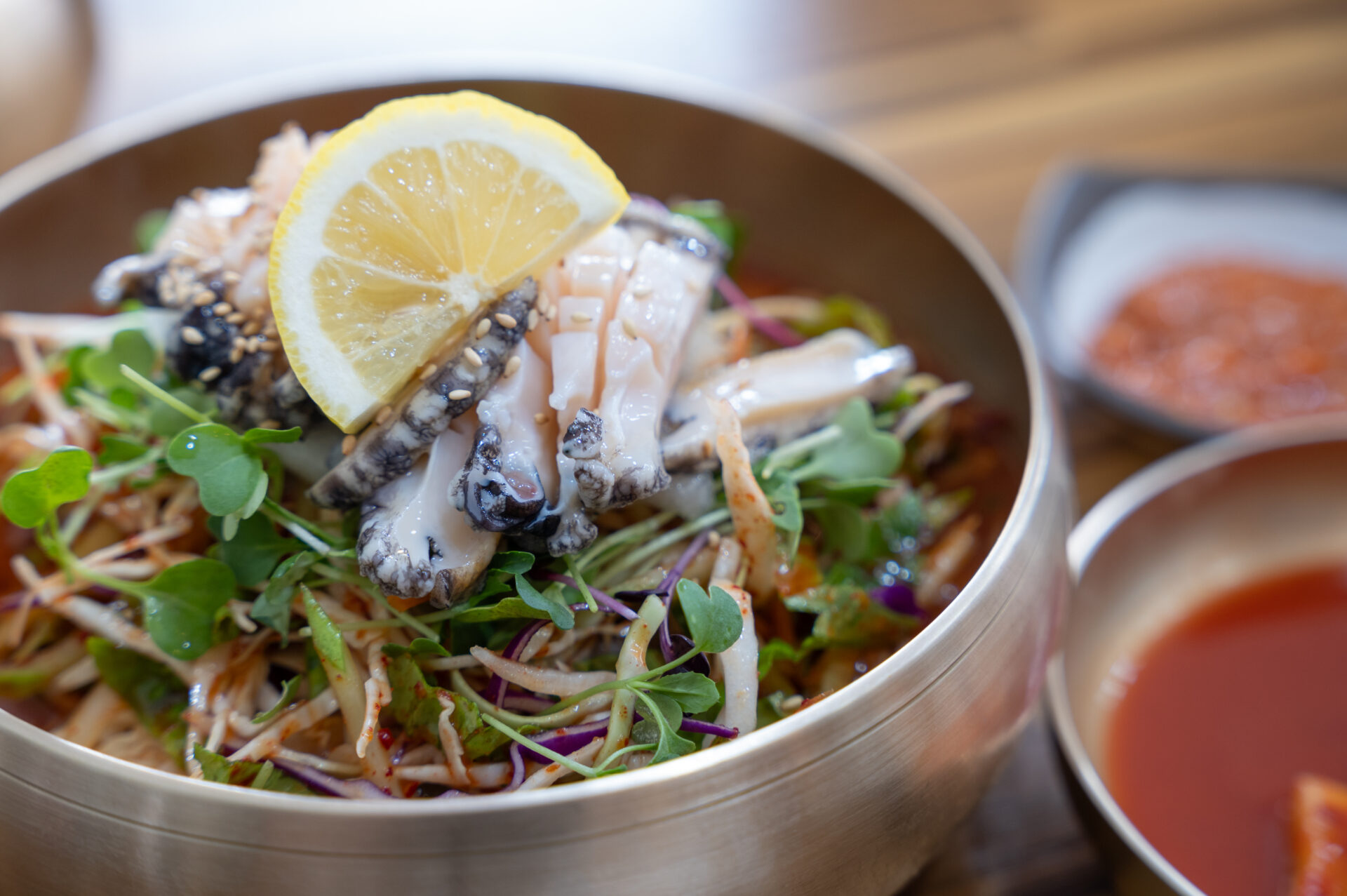
Videographers will also be happy that the Leica SL3 has 3.5mm ports for microphones and headphones for audio recording and monitoring. A full-sized HDMI port is included to supply video feed to an external device.
The camera is sealed in a full-metal housing with an IP54 water-resistant rating, so it feels like a tank in your hands. It is also ergonomic, with a deep grip for a more assured hold and buttons accessible by most of my fingers.
Even though the camera body weighs only 762g, the total weight with a 24-70mm lens is more than 1.6kg with the battery.
Bringing along two more lenses during my trip meant a more strenuous trek through the streets of Seoul and Busan with the added weight.
The Leica SL3’s S$10,400 price tag is certainly not for everyone. However, for those who appreciate a highly customisable user interface and Leica’s unique image colour, the new camera is something to consider.
"interface" - Google News
May 02, 2024 at 05:34PM
https://ift.tt/Ur1JOgm
Leica SL3 review: Unique user interface for a mirrorless camera - Techgoondu
"interface" - Google News
https://ift.tt/7QobTHa
https://ift.tt/6tT9GlJ
Bagikan Berita Ini














0 Response to "Leica SL3 review: Unique user interface for a mirrorless camera - Techgoondu"
Post a Comment